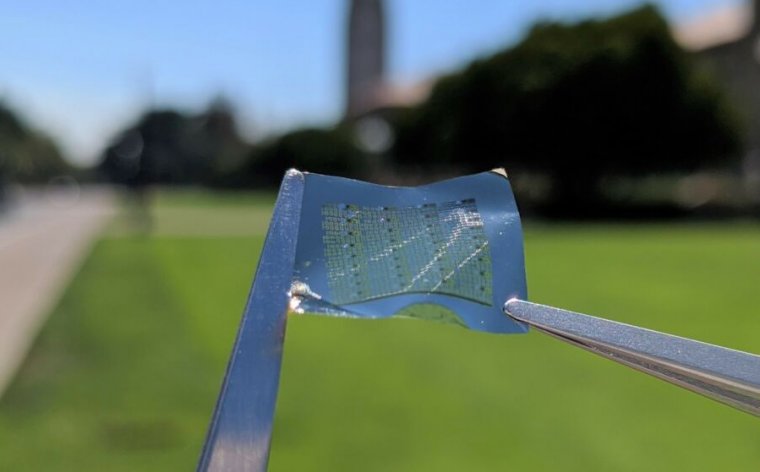Our flexible processors can now use bendable RAM

Enlarge / Try doing that with your RAM. (credit: A.I. Khan and A. Daus.)
A few months ago, we brought news of a bendable CPU, termed Plastic ARM, that was built of amorphous silicon on a flexible substrate. The use cases for something like this are extremely low-powered devices that can be embedded in clothing or slapped on the surface of irregular objects, allowing them to have a small amount of autonomous computing. But to meet the low power requirements, a minimalist processor is not enough-all the components have to sip power as well. And that makes for a poor fit for traditional RAM technology, which needs power to maintain the state of the memory.
But a group from Stanford now has that covered. The researchers have built a form of flexible phase-change memory, which is closer in speed to normal RAM than flash memory but requires no power to maintain its state. And, while their work was initially focused on getting something that's flexible to work, the principles they uncovered during their work should apply to phase-change memory in general.
A change of phasePeople have made flexible forms of memory before, including flash and ferroelectric RAM, and resistive RAM can be made from materials that are also bendable. But phase-change memory has myriad advantages. It works by connecting two electrodes via a material that can form crystalline and amorphous states, depending on how quickly it's cooled down after heating. These two states differ in how well they conduct electricity, allowing them to be distinguished.
Read 10 remaining paragraphs | Comments